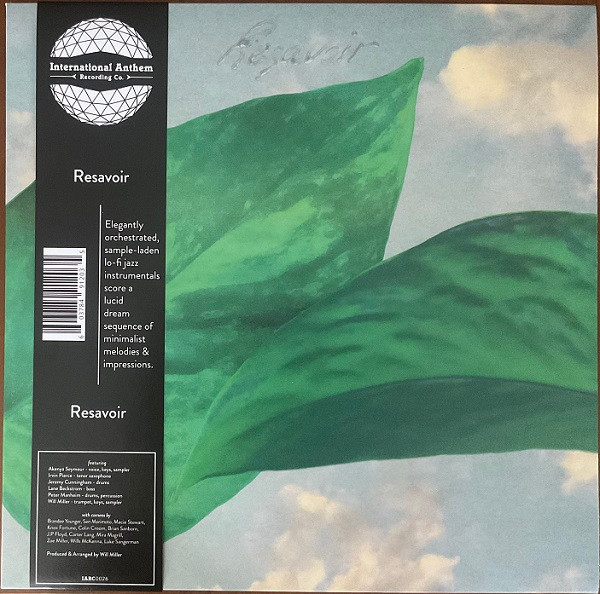By continuing your navigation on this website, you accept the use of cookies for statistical purposes.
Resavoir
Resavoir





A1
Intro
A2
Resavoir
A3
Taking Flight
A4
Plantasy
B5
Clouds
B6
Woah
B7
Illusion
B8
Escalator
B9
LML
International Anthem Recording Company (IARC0026)
1x Vinyl LP Album
Release date: Jan 1, 2019, Worldwide






